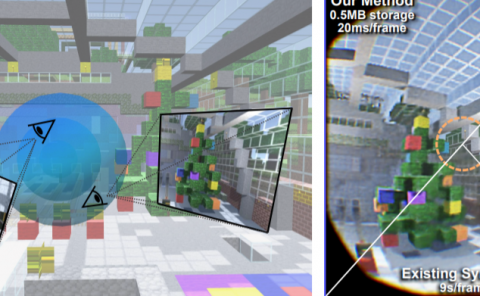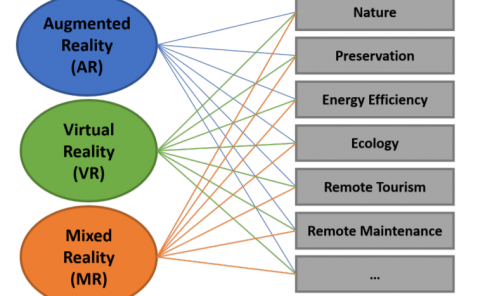Directional Motion-based Interfaces for Virtual and Augmented Reality Head-mounted Displays
PubDate: December 2019
Teams: Xi’an Jiaotong Liverpool University
Writers: Wenge Xu; Haining Liang; Yong Yue
PDF: Directional Motion-based Interfaces for Virtual and Augmented Reality Head-mounted Displays

Abstract
This research, conducts an experiment to investigate whether there is a difference in user performance and preference for two types of head-mounted displays (HMDs) when users need to perform directional motion movements such as moving one foot forward and backward (or leftward or rightward). The two types of HMDs we have considered are virtual reality (VR) and augmented reality (AR), which represent the two most commonly marketed HMDs. The AR device chosen for this research is the Meta 2 while the chosen VR device is the Oculus RIFT CV1. The results of our experiment show that there is a close significant difference on task completion time between AR and VR condition when users perform motion direction tasks. Also, no significant effect has been found on the accuracy of making these motion movements between the AR and VR conditions. In terms of user preference, the results show that there is no significant effect on workload, motion sickness, immersion, and user experience. These results suggest that both AR and VR HMDs are suitable for interfaces that can rely on body motions like tapping on the floor using one foot in any of the directions around the user.



